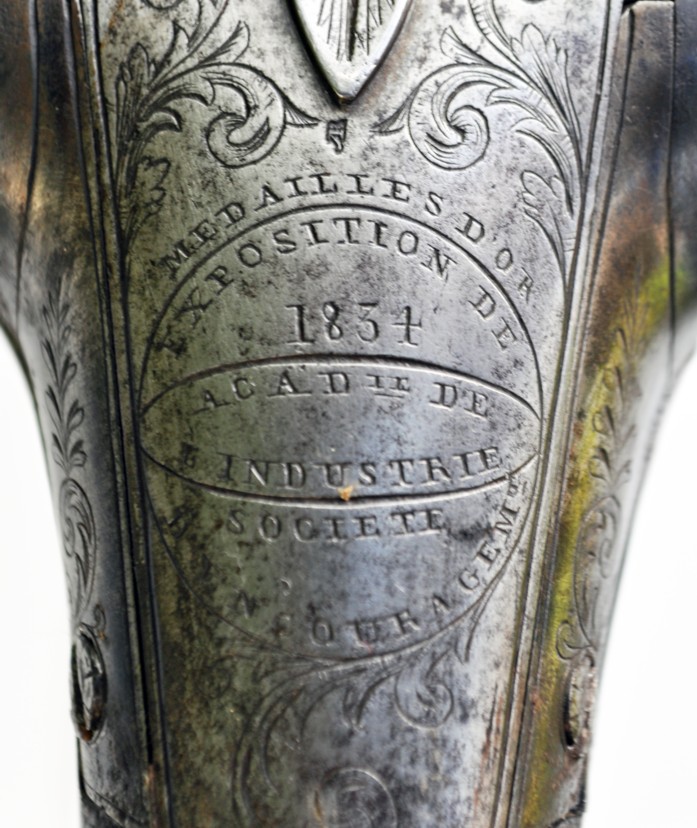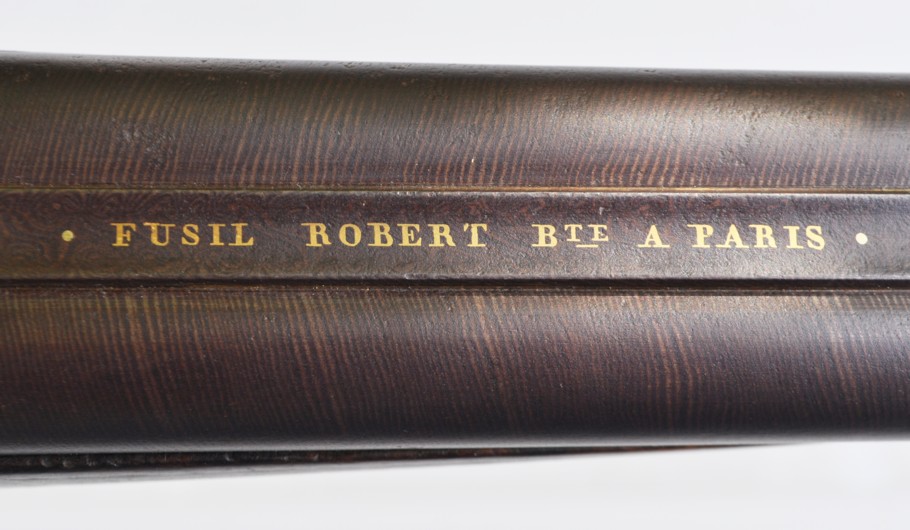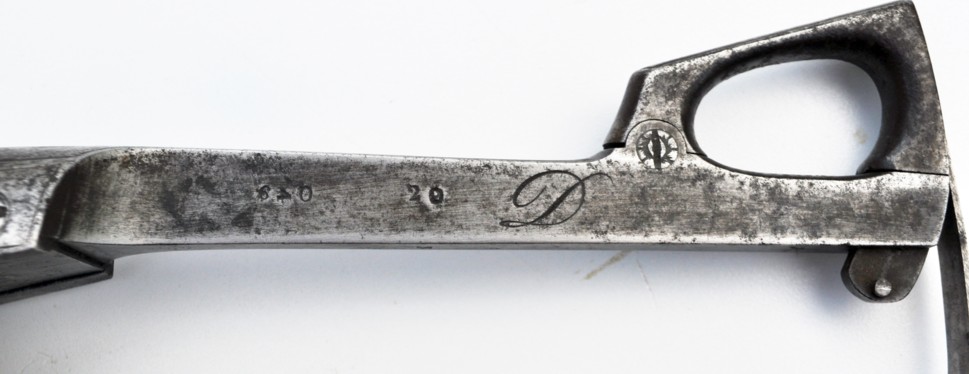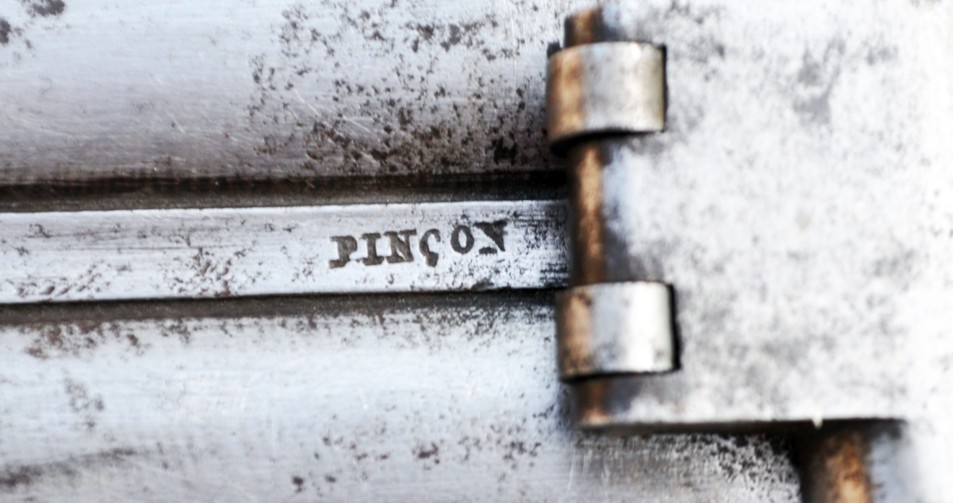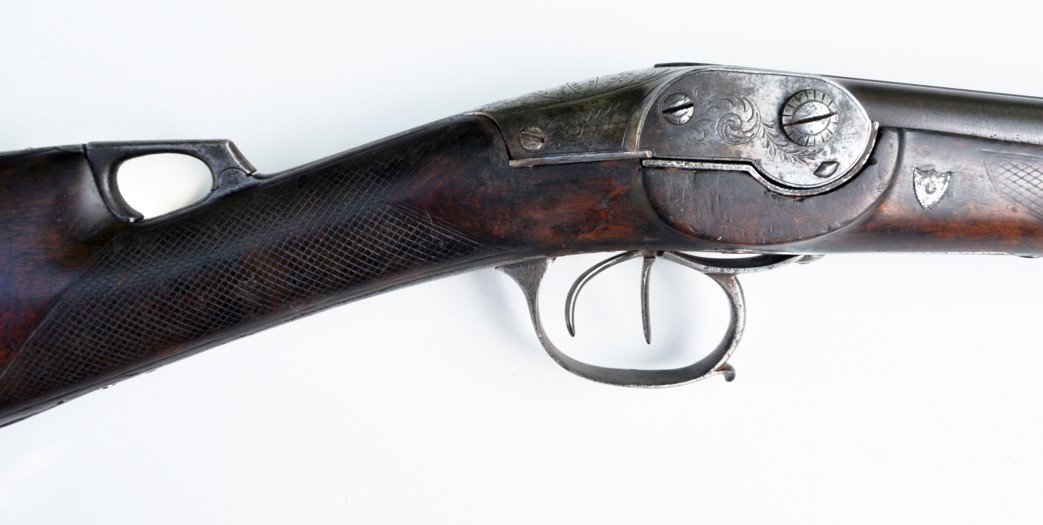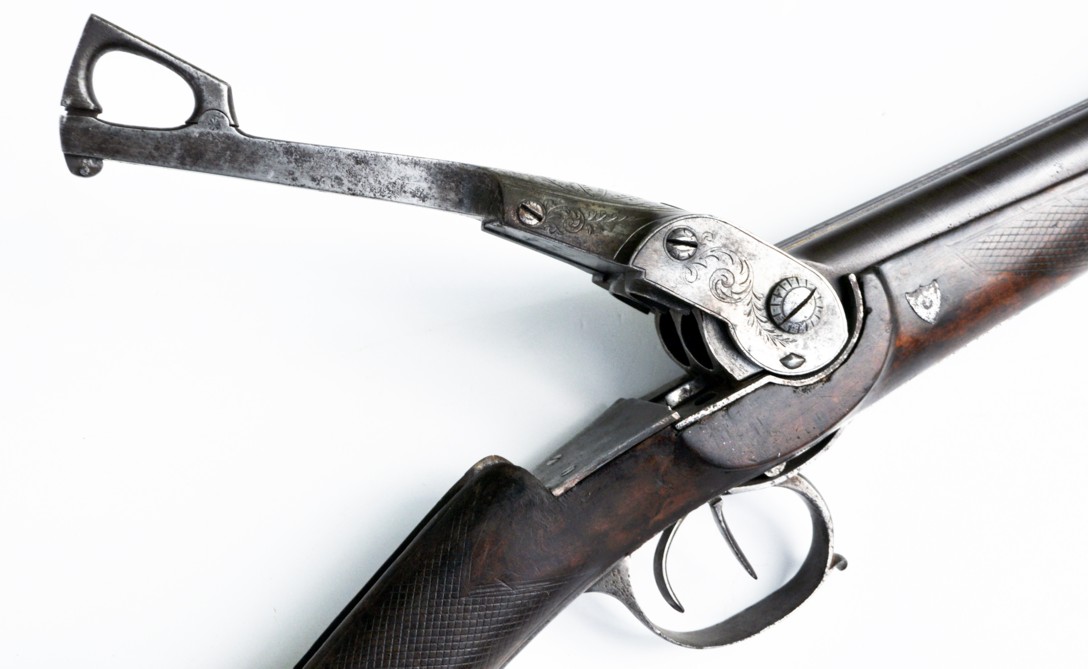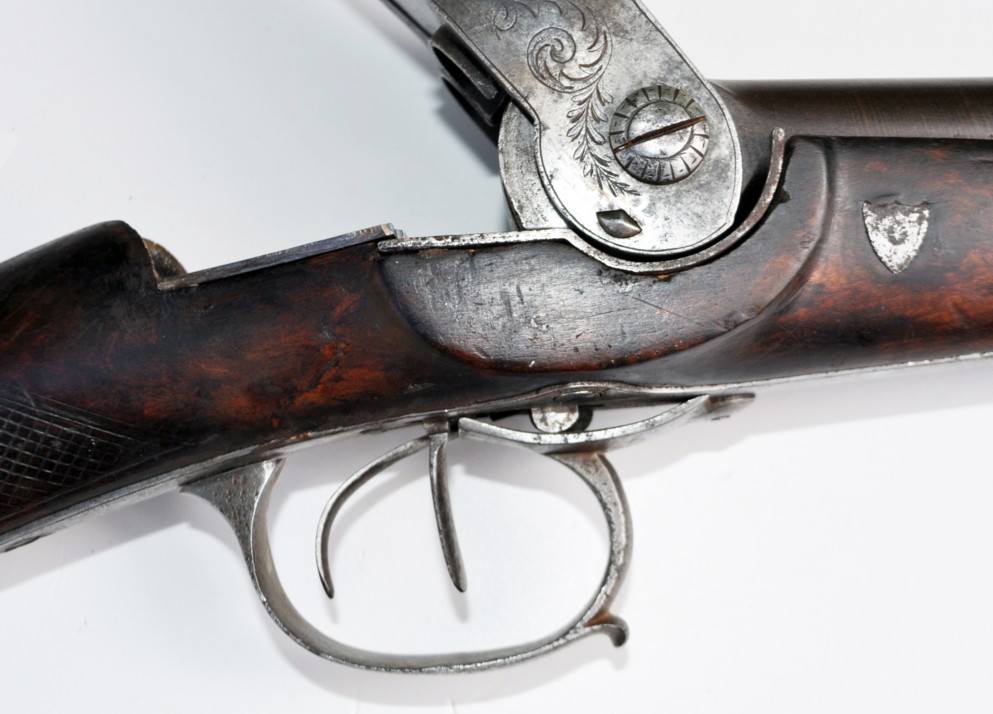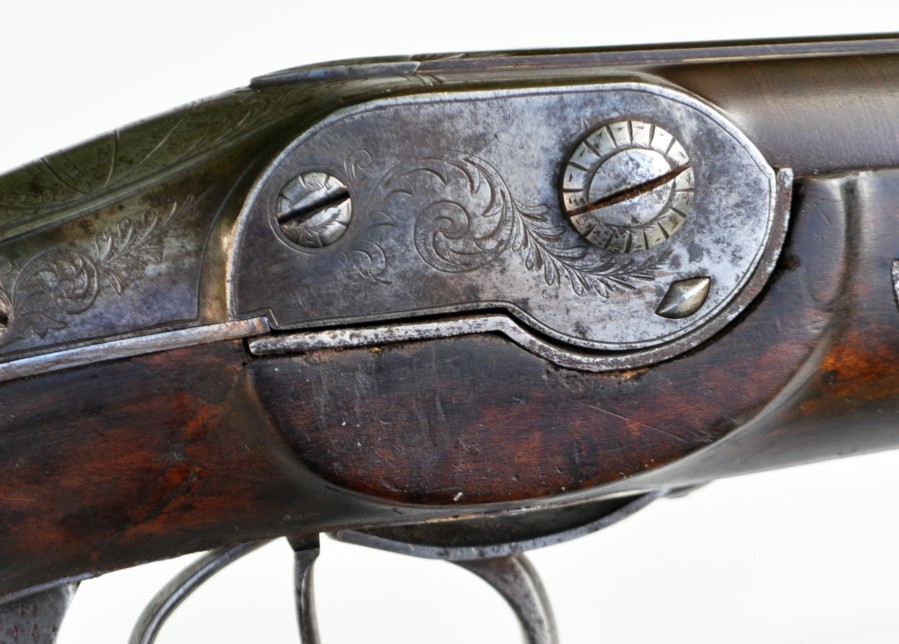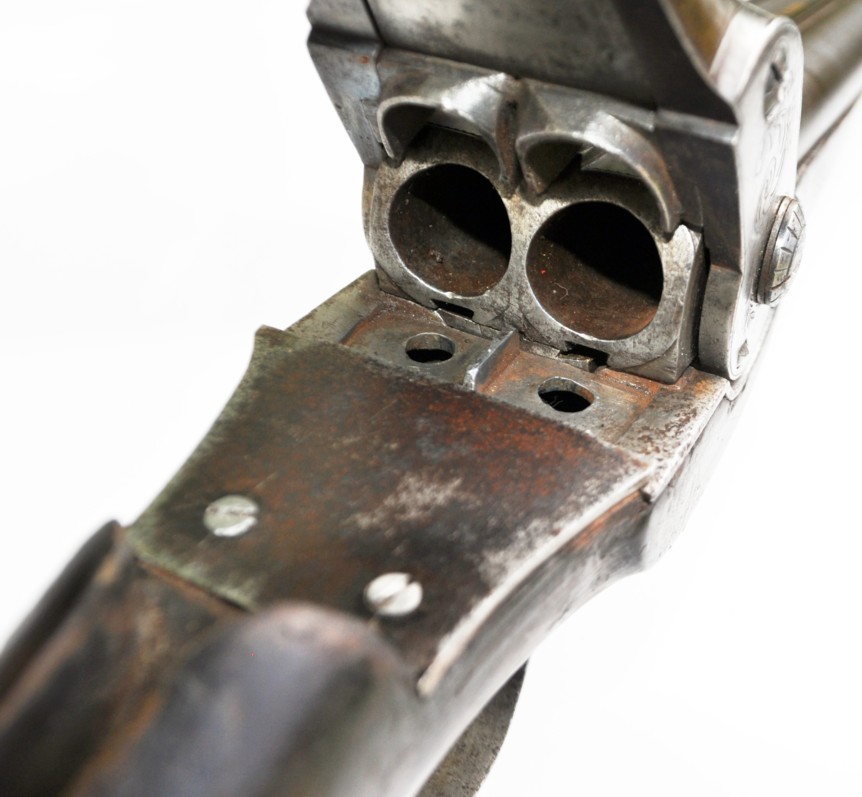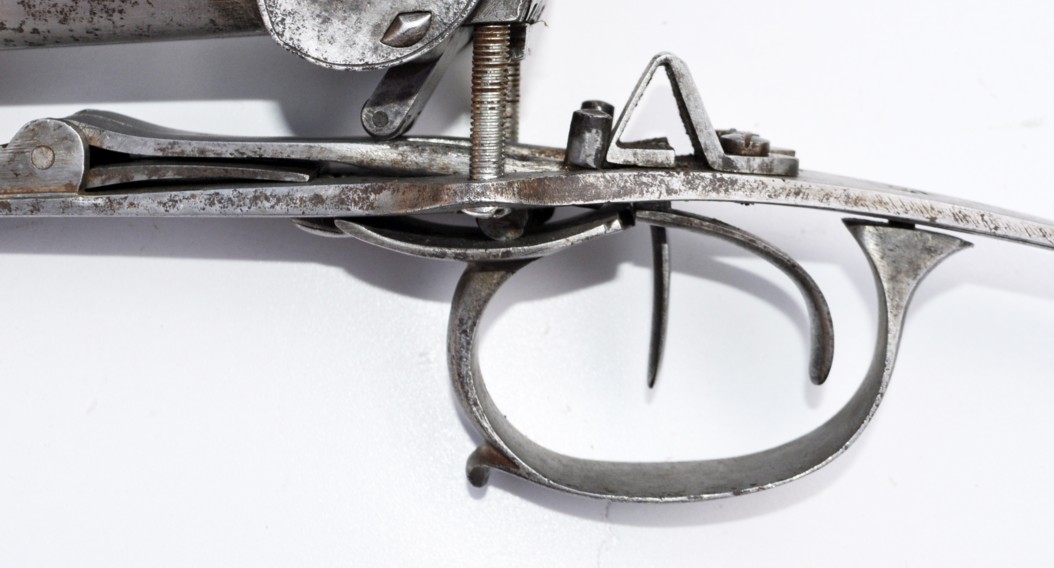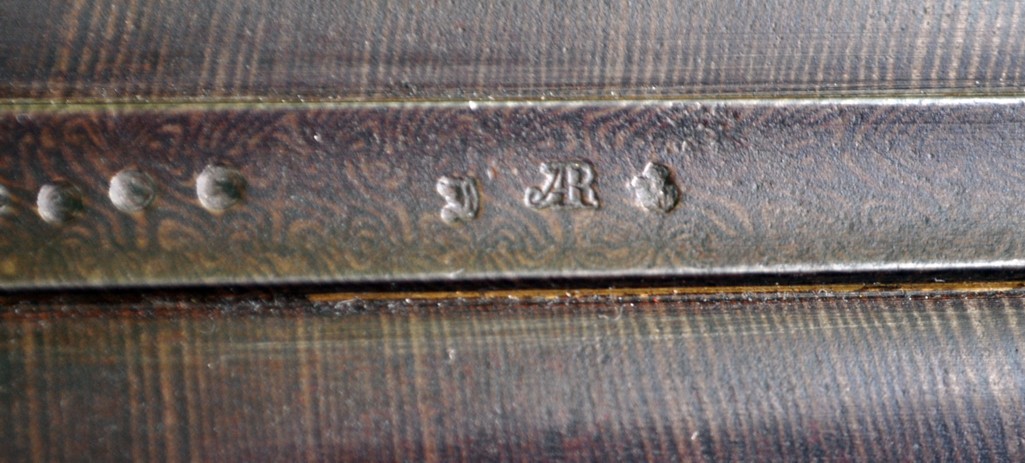
ROBERT Jospeh
The Robert rifle:
Introduction:
Joseph Robert is a contemporary of Casimir Lefaucheux.
Inventor, Joseph-Alexandre ROBERT was born in Tusson (16) on January 12, 1807.
He was the son of Jean ROBERT (farmer) and Françoise CHILLAUX, owners in Tusson.
Around 1830 he was in Paris as a student in dental surgery, a field that he would very quickly abandon to launch himself into arquebusiery.
Arquebusiers in Paris (1829-1840) at, 17 rue du Faubourg Montmartre and whose workshops are located at 3 bis rue du Coq-Héron.
In April 1831, he filed a patent for the manufacture of a rifle loading from the breech.
This invention is considered "remarkable" and the National Exhibition of Paris in 1834 will award him the first class gold medal for his invention.
This distinction had never been granted to the progress of weapons.
Inventor of the first system without an external hammer in 1829.
Gold medal at the Academy of Industry on June 12, 1833
1st class gold medal at the National Exhibition of 1834 in Paris for his breech-loading rifle.
Civil engineer and Doctor of Science, Joseph-Alexandre ROBERT will direct his research in different fields: lighting, denaturing of alcohols intended for industry, fire pumps...
It is believed that he filed 13 patents.
Married for the first time to Lydie CHILLAUX (April 23, 1851 in Villejésus), he married Julie BRILLARD after her death.
Very attached to his native region, he had several residences built there.
These constructions still bear witness to the inventor's considerable fortune.
Joseph-Alexandre ROBERT died at his home in Tusson on January 24, 1885.
Operation:
This rifle consists of a barrel open at its rear and a breech joined to a lever, which is raised or lowered by means of a ring and which is applied exactly to the orifice of the barrel.
This breech is a body with two cheeks which extend it and turn around a strong screw; its front part is extended by a small piece which is the "bander", the end of which presses, by a small wheel, on a spring attached to the trigger guard, which is finished by a hammer whose upper part, called "crescent", ignites the cartridge by striking from bottom to top the small tube containing the fulminate primer.
To load the rifle, the lever is grasped by the ring and lifted, the breech opens, uncovers the chamber of the barrel, the cartridge is inserted, the breech is closed by the opposite movement of the lever.
When opening the barrels, the wheel compresses the large spring-hammer, the end of which slides under the triangle of the trigger.
The rifle is armed, all that remains is to pull by pressing the trigger to release the large spring-hammer and fire.
Markings and punches:
On the top of the breech and in an arc:
"Gold medal exhibition of 1834 academy of industry encouragement society" and "JAR"
On the barrel in gold letters: "Fusil Robert Bté in Paris", preceded by several other punches including "JAR" for "Joseph Alexandre Robert"
On the barrels: "Pincon", probably the name of the gunner.
On the breech lever, numbers and letters "6X0 20 D" whose meaning I do not know.
Technical characteristics:
Total length: 1170 mm
Length of the barrels: 756 mm
Distance 1st trigger butt plate: 380 mm
Exit diameter of the barrels: 16.2 mm
Sources:
Jarlier's "Qui est Qui"
The BNF - Gallica.
http://paysdaigre.pagesperso-orange.fr/hpa/textes/biographies/robert.htm
Généanet
® and © Lefaucheux September 2017


